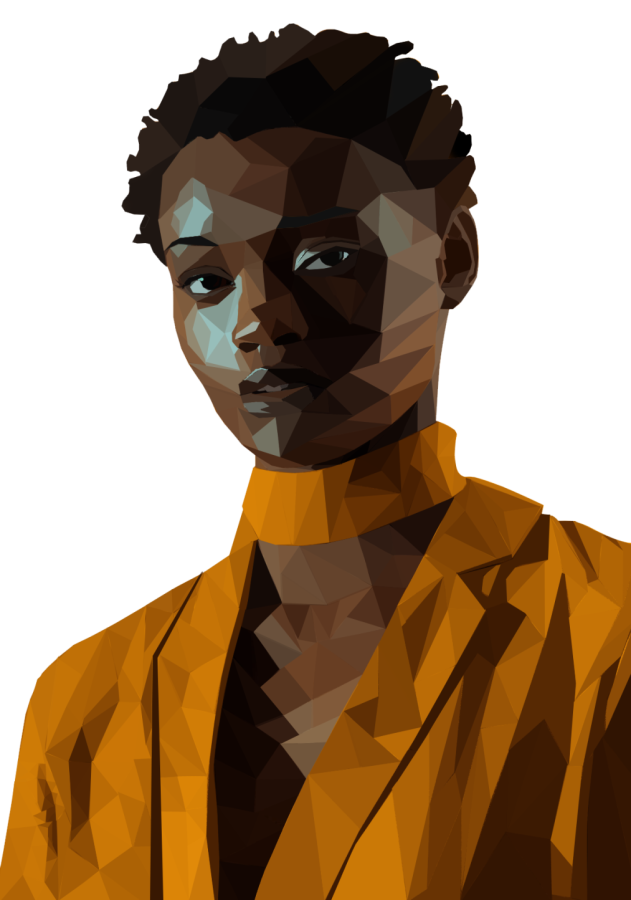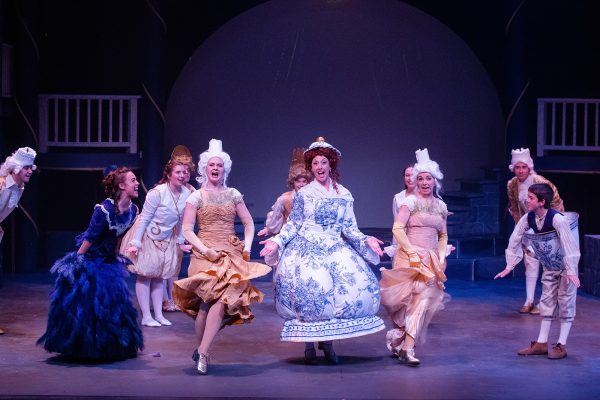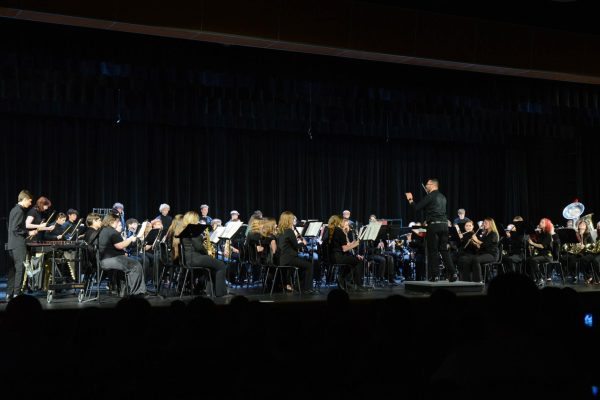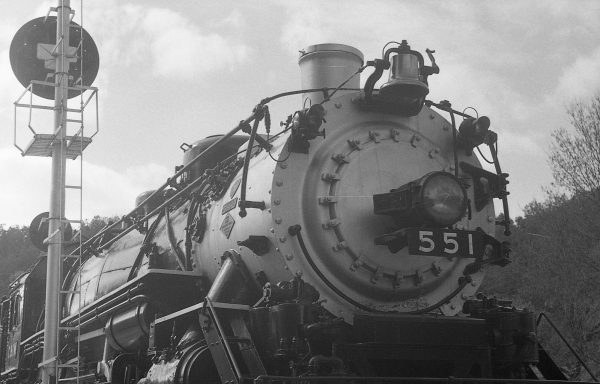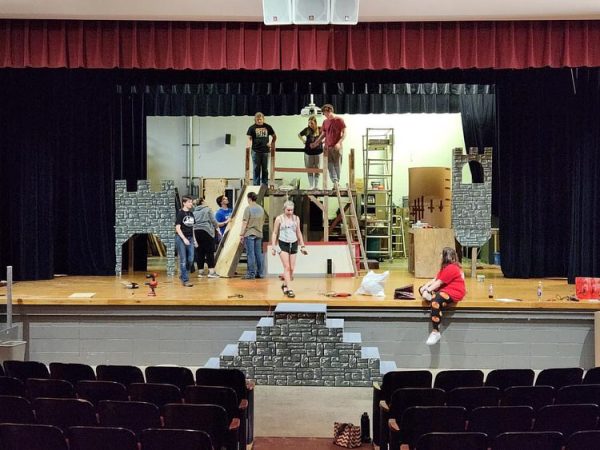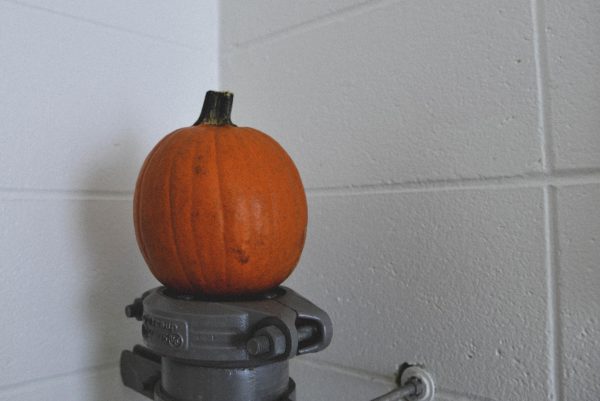How is art going to evolve in the future?
Within art galleries across the world such as The St. Louis Art Museum or even The Metropolitan Museum of Art, new mediums are beginning to sprawl across the walls and replace the “seemingly obsolete” forms of art with more digitized and complex artwork. Not only seen in metropolis cities and locations, modern art is becoming more and more popular and distinct, with some changes that are strikingly different from the classical forms of artwork, such as the “Mona Lisa” and “Starry Night”. With this, most of the evolving art forms revolve around style, which has been changing to more digitized and modern looks. Not only that, but a lot of artwork nowadays has much more complex messages behind the medium it is made out of than classical pieces. Looking at modern artwork now, it is quite noticeable what changes have been made throughout the years, which causes many to wonder if art is going to continue to digitally evolve in the future.
It is difficult to say how art is going to further change, but many predictions have been made in regards to the progression and development of modern art. Many creators, artists, and journalists have begun to anticipate what art will look like in the future, believing that it will consist of more technological developments, have a greater reflection on society as a whole, as well as incorporate modern and contemporary features. Though these are predictions for future art creations and projects, these techniques and distinct looks are already being incorporated into art today. Not just with the more common forms of art such as painting, sculpting, and drawing, other artistic kinds such as architectural design, photography, and even filmmaking are already portraying these “futuristic” looks.
Professional artists and creators are not the only ones beginning to evolve into more contemporary and modern design forms. Even some Rolla High School students have begun to dive into the world of technological and modern art that is going to make up many of our future museums and galleries. A few classes that are offered at RHS already have a variety of students creating artwork that matches future predictions of how art is going to evolve. Some classes in particular are the digital art courses taught by Laurie Myers. Throughout those semester-long courses, students have the opportunity to create their own digital art projects, as seen on the left page. Myers has even found that the designs and artwork the students create continue to evolve and incorporate different mediums that have more modern and contemporary features.
“As an art teacher, the difference in how my students have been creating involves the materials they are using. When I first started teaching, the options were certainly limited, but hands-on supplies with actual texture will always be important. I have really enjoyed continuing to use the foundation of drawing, painting, and sculpting and applying that to digital work,” stated Myers.
Despite many artists still creating classical forms and techniques such as painting and sculpting, many are beginning to branch out into more digitized artwork due to the fact they have more creative freedom and expression with that form of medium. In the art classes, for example, Myers believes that digital art gives students a better opportunity to express themselves, while still having the ability to create through traditional works.
“Personally, I have really enjoyed the way art has grown from the past. Being able to continue to create through traditional materials but having the option of creating digitally allows for a wider variety of expressions,” stated Myers.
Future predictions of artwork don’t necessarily have to be centered around a piece itself, but can also be about how art and designs are going to be shared and exchanged. For example, after conducting a study, Gensler Research and Insight found that museums in the future will most likely become more interactive with visitors and patrons. “The museum experience will become more interactive and self-directed. As museum leaders look to the future, they see a shift to a greater level of visitor control and new methods of audience engagement. Today’s emphasis on in-person, personal, museum-curated experiences will evolve to accommodate digital engagement (on- and off-site), self-directed entry experiences, and visitor curation. As museums seek to expand their reach, a greater focus on youth-oriented programming will also emerge.”
These kinds of contemporary galleries and displays are, just as art pieces, already being incorporated and integrated. An example of this would be the new immersive experiences, which have become quite popular all around the country. These immersive experiences have showcased many famous artists, such as Vincent Van Gogh and Claude Monet, in a completely innovative way. Instead of just looking at paintings hanging on bare walls, visitors can seemingly “walk into” the paintings and artwork and experience it in a creative and artistic view.
Along with the way art is being exchanged, another reason many artists and creators believe digital art is going to take up the future of our art is because of the easy accessibility to exchange their designs. Beyond sharing art pieces on social media, there are many new ways such as websites, immersive experiences and much more where art can be shared on a whole new level.
“Technology has affected and will continue to affect art because it has increased accessibility,” stated Myers. “Technology allows us to create and share art on a global level.”
There is no uncertainty that art is going to continue to evolve in a digitally and more technologically-advanced way in the future. Doubtless, digital art is shaping the world and the art within it.

Bonjour! I’m Hannah, the editor-in-chief of ECHO; and this is my third year on the staff. Along with ECHO, I work as the Phelps County Focus Sowers Intern...



